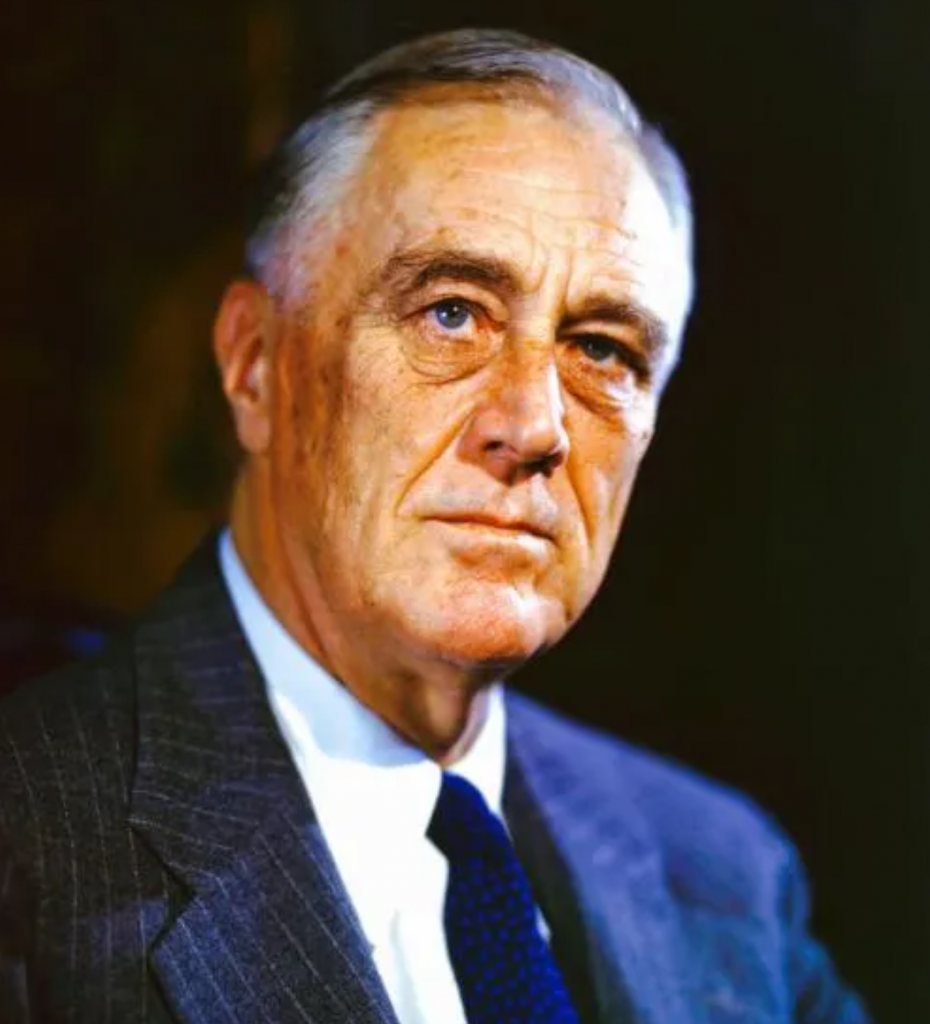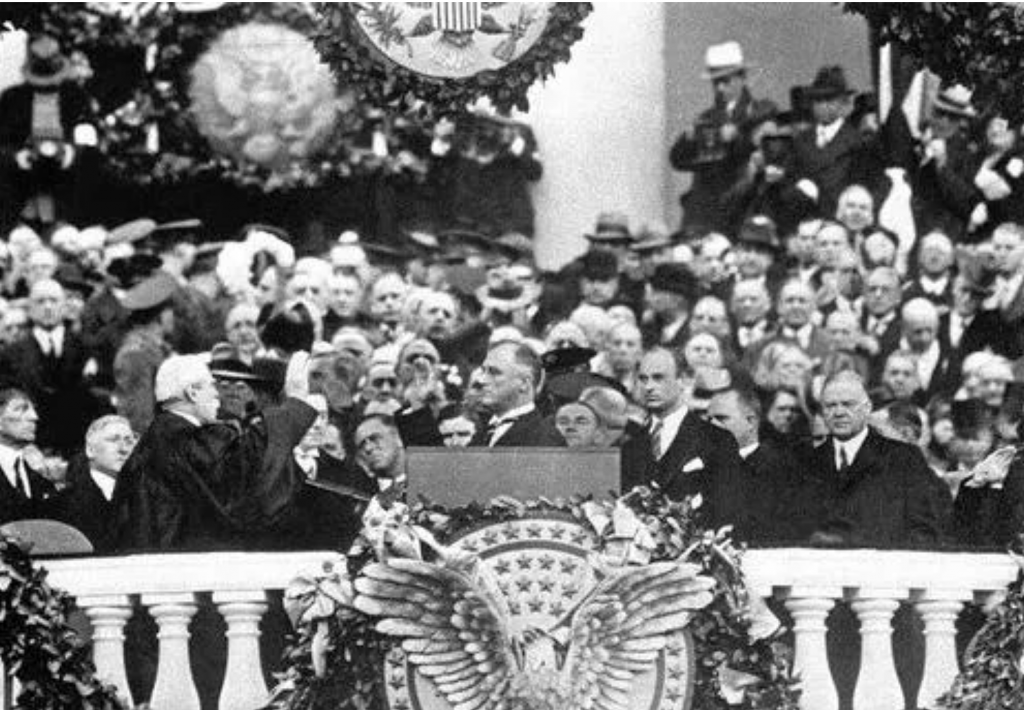When you think of a U.S. president serving four terms, only one name comes to mind—Franklin Delano Roosevelt. A leader who guided America through the Great Depression and World War II, Roosevelt wasn’t just any president; he was the only one who broke the long-standing tradition of serving just two terms. But how did he do it? And more importantly, why did America let him?

A Nation in Crisis: The Birth of FDR’s Presidency
The year was 1932. The U.S. was in the grip of the Great Depression—stock markets had crashed, banks were failing, unemployment had skyrocketed, and people were desperate for change. Enter Franklin D. Roosevelt, a charismatic Democrat who promised a “New Deal” to pull the country out of economic despair. His policies, which included massive public works projects and financial reforms, gave hope to millions.
Four years later, in 1936, Roosevelt won re-election in a landslide. His leadership had begun restoring economic stability, and Americans weren’t about to switch horses midstream.
Breaking the Two-Term Tradition: Why Stop Now?
Up until FDR, no president had served more than two terms. This wasn’t because of a constitutional rule but rather a tradition set by George Washington, who voluntarily stepped down after two terms to prevent any resemblance to a monarchy. Every president after him followed suit—until Roosevelt.
By 1940, the world was on the brink of disaster. Nazi Germany was ravaging Europe, and Japan was expanding in Asia. Britain was standing alone against Hitler. Though the U.S. had not yet entered the war, Americans feared that global instability would soon reach their shores. Roosevelt, with his experience and steady leadership, was seen as the best man for the job. The people spoke, and he won an unprecedented third term.

World War II and the Fourth Term Gamble
Then came December 7, 1941—the day that changed everything. Japan launched a surprise attack on Pearl Harbor, dragging the U.S. into World War II. Overnight, America went from an isolationist power to a full-fledged military juggernaut.
Roosevelt led the charge, mobilizing the economy for war, forming key alliances with Britain and the Soviet Union, and laying the groundwork for victory. By 1944, with the war still raging, Americans weren’t about to change commanders. Despite his declining health, Roosevelt was elected for a fourth term, making history once again.
The End of an Era
FDR’s fourth term, however, was cut short. On April 12, 1945, just months before the end of World War II, he passed away. His death marked the end of a remarkable era, but his legacy endured. The war ended in Allied victory, and the U.S. emerged as the world’s leading superpower.
The Roosevelt Rule: No More Four-Term Presidents
Roosevelt’s unprecedented tenure made Americans rethink presidential term limits. In 1951, the 22nd Amendment was passed, officially limiting presidents to two terms. And just like that, FDR became the first—and last—four-term U.S. president.
A Legacy That Lives On
Whether you admire him for his economic policies, his wartime leadership, or his ability to break political norms, one thing is undeniable: Franklin D. Roosevelt reshaped America and the world. Today, his New Deal programs, his role in defeating fascism, and his influence on modern democracy remain key chapters in history.
Would America have survived the Great Depression and World War II without him? Perhaps. But one thing is for sure—no one has ever led the nation quite like Franklin Delano Roosevelt.

No comments yet.